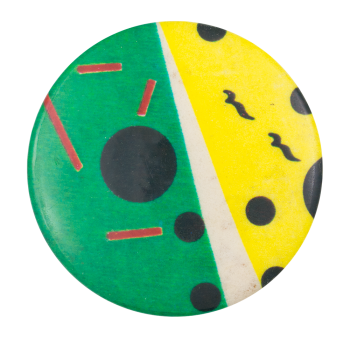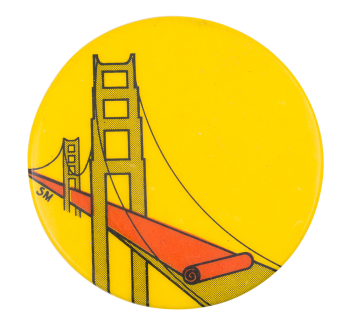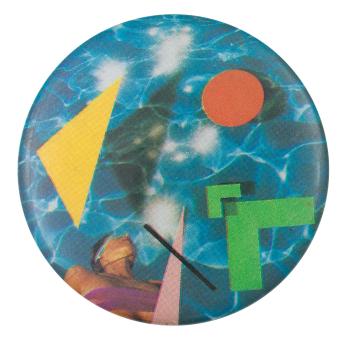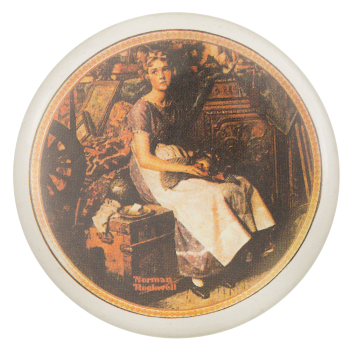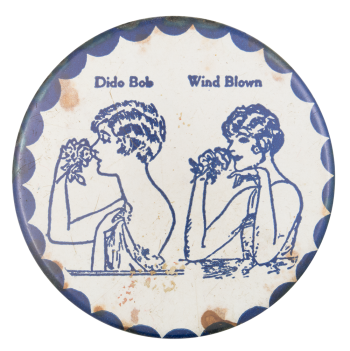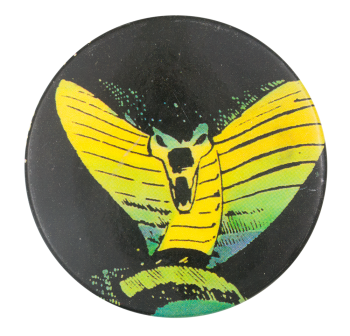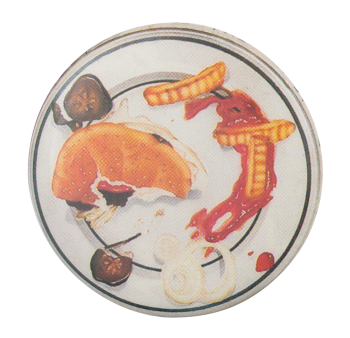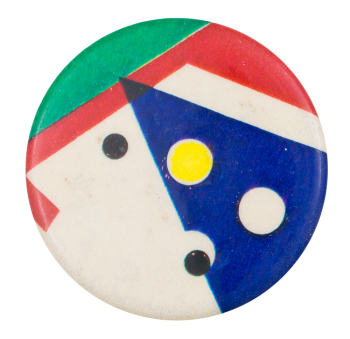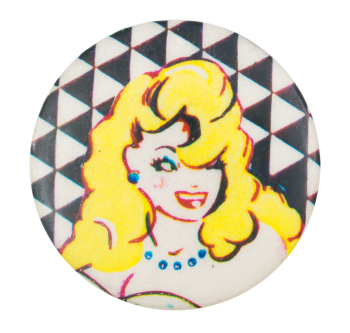| Additional Information |
Stanley Weston at Hasbro created the idea for military-themed toys in 1963. Hasbro launched its first G.I. Joe toy line in 1964 as “America’s Movable Fighting Man” representing U.S. military branches: Action Soldier (army), Action Sailor (navy), Action Pilot (air force), and Action Marine (marines) with Action Nurse eventually added in 1967. G.I. Joe launched internationally with its Soldiers of the World series in 1966. Instead of calling these original 12-inch toys, “dolls” as associated with Mattel’s Barbie, G.I. Joe inspired the term “action figures” to advertise to all children. In the 1970s, G.I. Joe rebranded as “The Adventure Team” and introduced the first African American into its product series.
G.I. Joe relaunched in 1982 as 3.75-inch action figures, vehicles, and play sets. G.I. Joe is now a special-ops unit aka the G.I. Joe Team who battles Cobra, an evil terrorist organization aiming to take the world. Simultaneously, Marvel Comics debuted G.I. Joe: A Real American Hero, a superhero comics series led by Larry Hama. This storyline inspired several animated cartoons, British comic book series G.I. Joe: Action Force, video games and films, and evolved into other retellings and toy lines. G.I. Joe was admitted to both the National Toy Hall of Fame and Pop Culture Hall of Fame.
The latest line of G.I. Joe is the G.I. Joe Classified Series (2020) celebrating 56 years of the G.I. Joe franchise. Several launches of live-action movies, TV series, mobile apps, and video games are in the works for 2021. The newest G.I. Joe spin-off movie inspiring the latest toy line, Snake Eyes featuring Henry Golding, is scheduled for release on July 21, 2021. Amazon Prime Video will stream the first G.I. Joe live-action series in development about Lady Jaye, an undercover operative.
|

